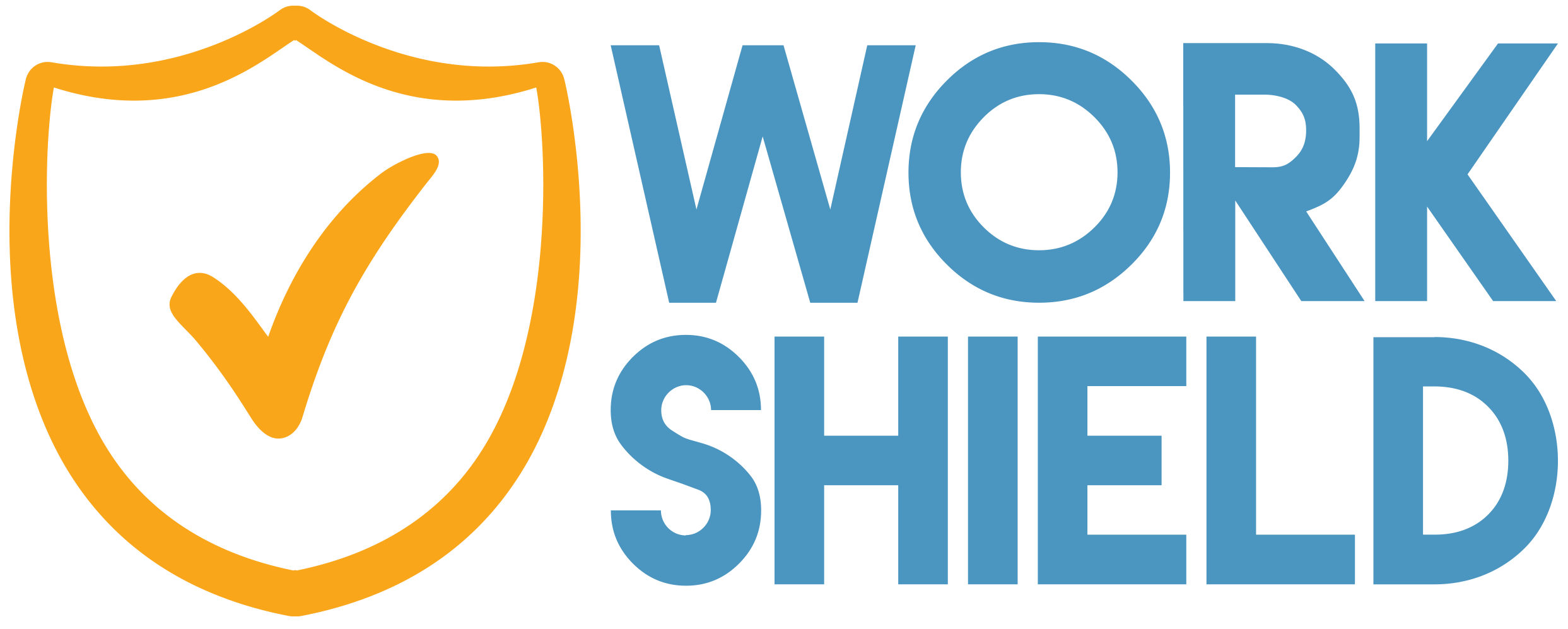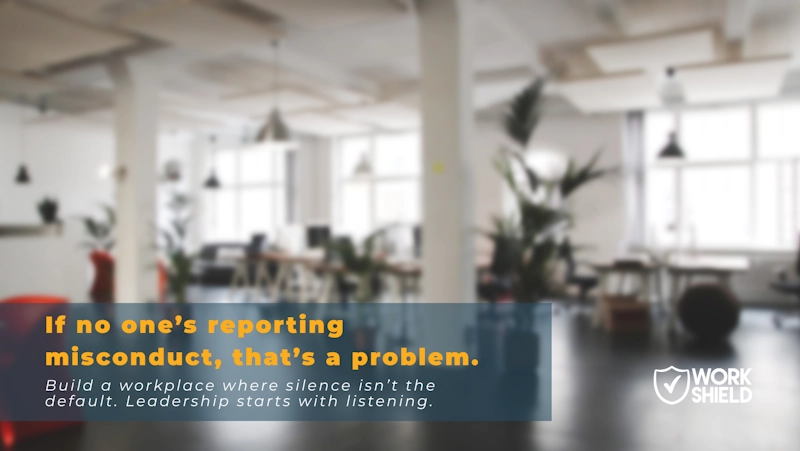As the workforce continues to rapidly evolve and advance, organizations’ values, passions and concerns change to emphasize socially conscious standards. To adjust to this shift in the corporate landscape, it’s more important than ever for employees, stakeholders and investors to set ESG – environmental, social and governance – standards in the workplace. Don’t just take our word for it. In a 2021 Harvard study, more than a quarter of global investors said ESG is central to their investment approach, making it a critical focus of organizations around the world. As executives strive to amplify their ESG strategies for the coming year, there are five key ways to boost this initiative to set the tone for 2023 and beyond.
1. Make Workplace Culture a Priority
Putting workplace culture at the center of all business decisions is a pathway to success. In fact, having highly engaged employees can lead to a 202% increase in performance. Additionally, almost half of all job seekers admit that workplace culture is a very important factor in their decision to apply to an organization or not. As your team strategizes ESG practices, consider the “social” aspect, which encompasses diversity and inclusion, mental health and creating a healthy workplace. Polls and surveys are an easy way to find out what is most important to the workforce, but the more feedback you receive, the better.
2. Analyze Areas of Strengths and Weaknesses
Receiving an ESG rating is one thing, but understanding what it means and how to use it is another entirely. Approximately 65% of institutional investors look at ESG ratings on a weekly basis, as it addresses issues such as energy efficiency, worker safety, and board independence, most of which have financial implications. According to a McKinsey survey, organizations with high ESG bring in 15% in investments with a 10% cost of capital reduction, which makes working to improve the organizations ESG ratings year over year highly profitable. To improve the rating, having a company partner who knows and understands these ratings thoroughly is ideal because they will be able to identify areas for improvement and put actionable plans into place.
3. Think Outside the Box with Corporate Social Responsibility (CSR)
Corporate social responsibility (CSR) should not act as a surface-level veil that businesses put on for appearance purposes. This goes back to the importance of achieving strong workplace culture. For example, aspiring to be a caring and inclusive employer requires more than simply saying it. It’s crucial to actually be the caring and inclusive employer who actively puts those values into practice through celebrating diverse employees and providing pathways to a healthy, balanced lifestyle. Bring this mindset into the business to empower all workers to have the goal of doing good for their fellow employees and being socially responsible through the standards your organization sets.
4. Engage Employees in Purposeful Missions
Employees want to work for an organization with a strong mission and purpose. Mission-driven workers are 54% more likely to stay with a job for at least five years, which makes setting consistent and engaging missions a crucial part of developing an overall ESG strategy. As you evolve organizational goals through environment, social and governance standards, seek to give employees that clear connection to something important – a purpose that is bigger than the individual role – to ensure the organization’s overall success.
5. Create an Action Plan
Finally, it’s time to take action and create a lasting plan. While some organizations choose to hire an employee or put the task on an already busy team member, it is ideal to partner with organizations that are highly experienced in building strong ESG programs. Work Shield actively supports companies’ ESG strategies by providing the tools that are designed to raise ESG scores and provide long-term success. This is achieved through engaging employee training, customized material, investigations, and seamless conflict resolution. When a strategy is created with a strong team in place, plan to meet with the executive team to clearly communicate goals that are to be reevaluated on an ongoing basis. Remember, an ESG strategy is a living, breathing thing and should never be rigid or “stuck” in place.
At Work Shield, we make it our mission to help organizations implement ESG strategies with measurable insights, actionable plans, and careful preparations. With ESG becoming such a central focus of potential and current employees, investors and stakeholders, it’s no longer an option to consider, but a necessary action. Be a part of the future of positive environmental and social change and ensure a strong business model that employees want to be a part of for the long-term.
For more information, read our blog on how to make ESG a top priority in the workplace.





